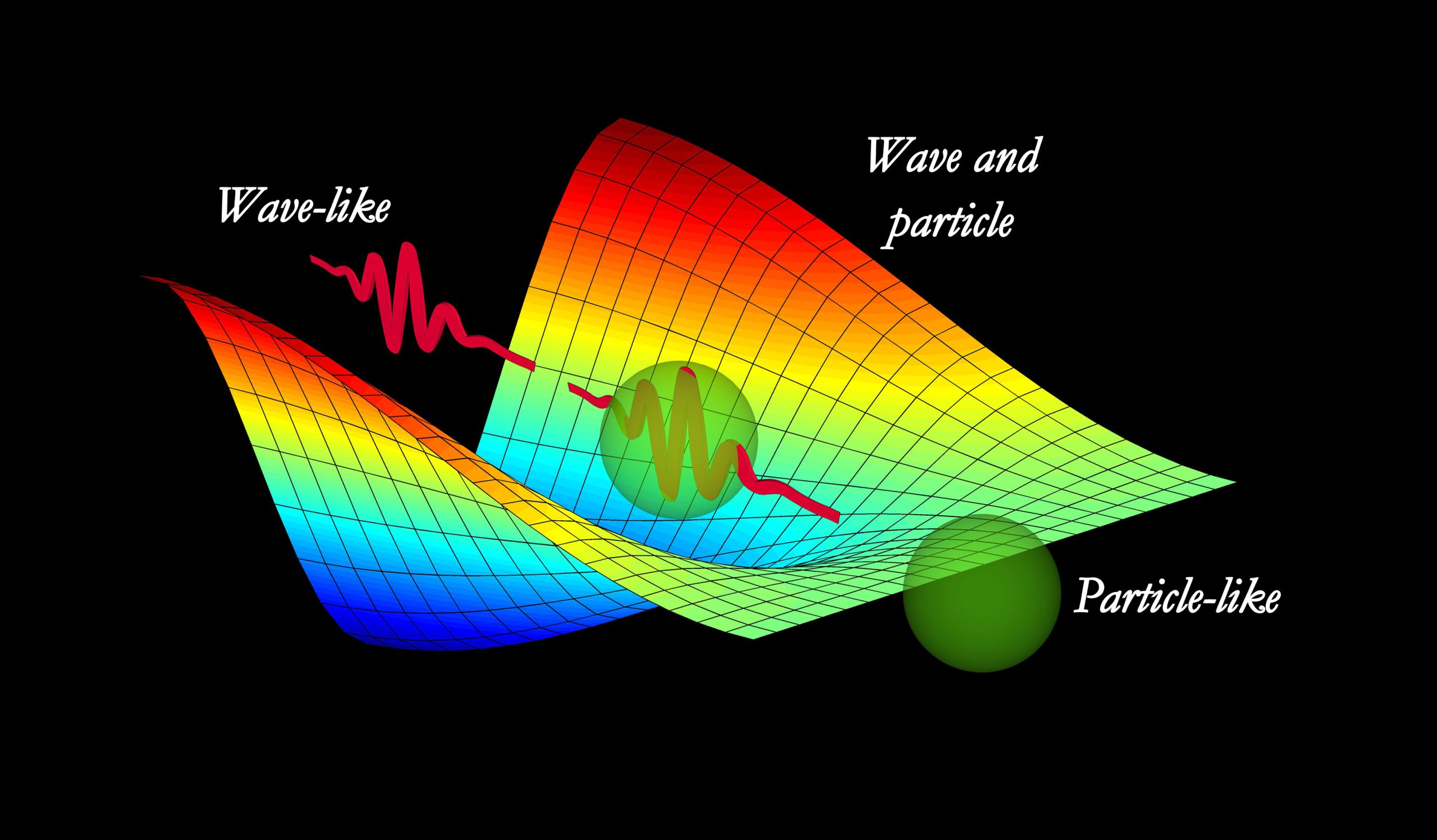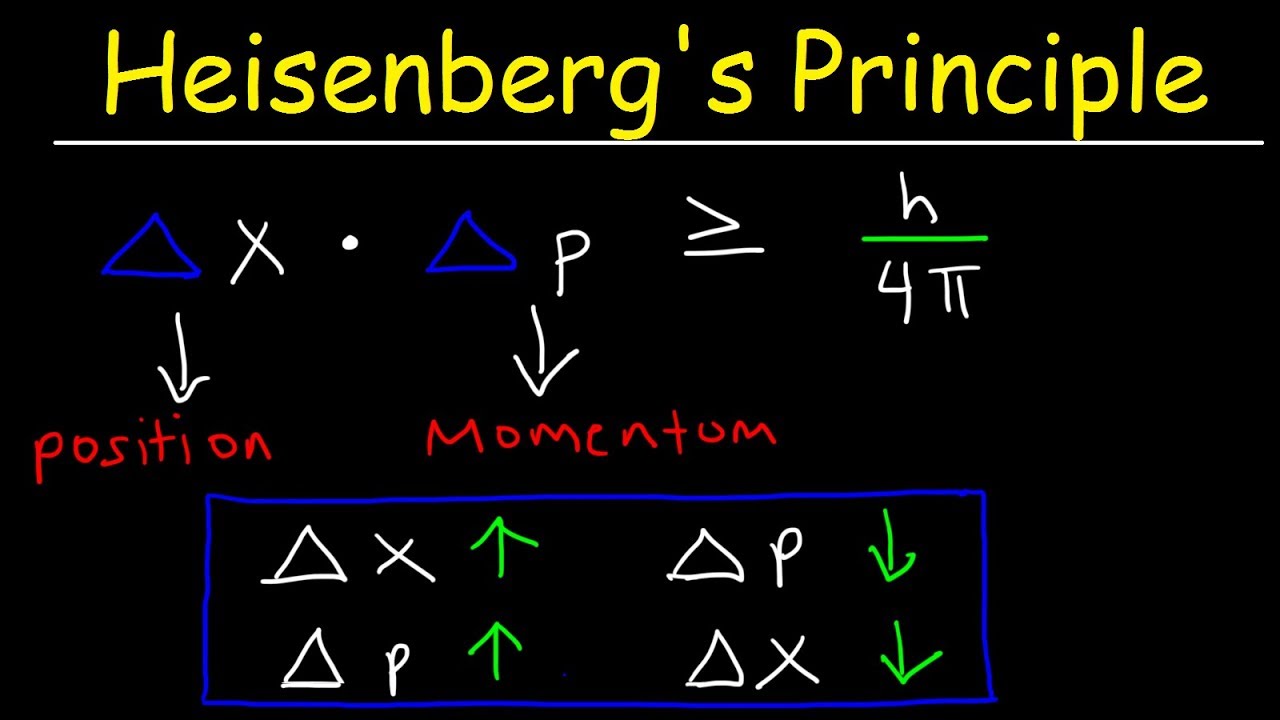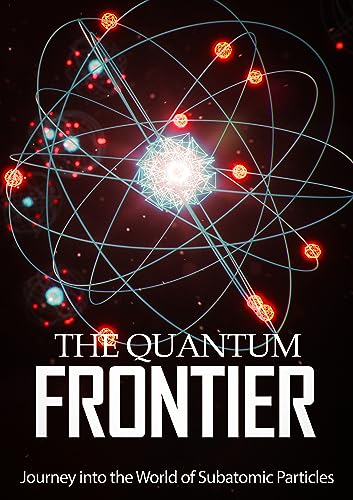Introduction: The Quantum Conundrum
Quantum mechanics, the branch of physics that deals with the behavior of particles at the smallest scales, is a field that has baffled scientists, philosophers, and curious minds for nearly a century. At the heart of this mystery lies the wave-particle duality, a concept that reveals the inherent paradoxical nature of the quantum world.
In this blog post, we will embark on a journey to explore the wave-particle duality and its profound implications. We’ll uncover the historical development of this concept, delve into the experiments that revealed its existence, and discuss its significance in our understanding of the quantum realm.
The Birth of Quantum Mechanics
Before we dive into the wave-particle duality, it’s essential to understand the historical context in which quantum mechanics was born. In the early 20th century, physicists were grappling with the inadequacies of classical physics, which couldn’t explain the behavior of particles at the atomic and subatomic levels.
The emergence of quantum mechanics, pioneered by luminaries like Max Planck, Albert Einstein, Niels Bohr, and Erwin Schrödinger, marked a revolution in our understanding of the microscopic world. Quantum mechanics introduced the idea that particles, such as electrons and photons, could exhibit both wave-like and particle-like behaviors.
Wave-Particle Duality Unveiled
The wave-particle duality is a fundamental concept in quantum mechanics that suggests particles exhibit characteristics of both waves and particles under different conditions. This duality challenges our classical intuition, where an object is either a particle or a wave, not both simultaneously.
Wave-Like Behavior: When particles, like electrons, are not being observed or interacted with, they behave like waves. This wave behavior is described by Schrödinger’s wave equation, which gives us the probability distribution of finding a particle in a particular location. The famous double-slit experiment exemplifies this wave-like behavior.
Particle-Like Behavior: Conversely, when particles are observed or interact with their environment, they behave like discrete particles with definite positions and properties. This behavior aligns with our classical understanding of particles.
The Double-Slit Experiment
One of the most iconic experiments demonstrating the wave-particle duality is the double-slit experiment. This experiment, first performed by Thomas Young in 1801 and later refined with electrons by Clinton Davisson and Lester Germer in 1927, has profound implications for our understanding of quantum mechanics.
In the double-slit experiment, a beam of particles (such as electrons) is directed at a barrier with two narrow slits. Behind the barrier, there is a screen that records the particles’ impact. What happens next is truly mind-boggling.
When the particles are sent through the double slits one at a time, they form an interference pattern on the screen, just like waves do when passing through two slits. This pattern consists of alternating bright and dark bands, indicating constructive and destructive interference of the particle waves. This interference pattern suggests that the particles are behaving like waves.
However, the mystery deepens. When researchers try to determine which slit each particle passes through by placing detectors at the slits, something astonishing happens. The interference pattern disappears, and the particles behave as discrete particles, leaving two distinct bands on the screen. It’s as if the particles “know” they are being observed and adjust their behavior accordingly.
The Observer Effect and Measurement Problem
The double-slit experiment highlights a fundamental aspect of quantum mechanics known as the observer effect. This effect suggests that the act of observation or measurement influences the behavior of quantum particles. When observed, particles behave as particles; when unobserved, they behave as waves.
The observer effect raises deep philosophical questions about the nature of reality and the role of consciousness in quantum mechanics. Does the act of observation create reality? Or does it merely reveal pre-existing properties of particles? This conundrum is at the heart of the measurement problem in quantum mechanics and remains a subject of intense debate among physicists and philosophers.
Wave-Particle Duality in Everyday Life
While the wave-particle duality may seem like an abstract concept with little relevance to our everyday lives, it actually has several practical implications and applications. Understanding this duality has led to the development of numerous technologies that are now integral to our modern world.
Electron Microscopes: Electron microscopes utilize the wave-like behavior of electrons to achieve much higher resolution than optical microscopes, allowing scientists to visualize structures at the nanoscale.
Quantum Computing: Quantum computers harness the unique properties of quantum particles, including their wave-particle duality, to perform complex calculations that are beyond the capabilities of classical computers.
Quantum Cryptography: Quantum key distribution relies on the principles of quantum mechanics, including the wave-particle duality, to create unbreakable encryption methods for secure communication.
Quantum Sensors: Quantum sensors, such as atomic clocks and magnetometers, leverage quantum properties to achieve unparalleled precision in measuring time and magnetic fields.
The Schrödinger’s Cat Paradox
To further illustrate the perplexing nature of the wave-particle duality, let’s explore one of the most famous thought experiments in the field of quantum mechanics: Schrödinger’s cat.
In this thought experiment, Erwin Schrödinger proposed a scenario where a cat is placed in a sealed box with a radioactive atom, a Geiger counter, a vial of poison gas, and a hammer. If the Geiger counter detects radiation from the decay of the atom, it triggers the release of the poison gas, which kills the cat.
Now, according to quantum mechanics, the atom exists in a superposition of states—both decayed and undecayed—until observed. This means that until someone opens the box and observes the atom, the cat is also in a superposition of states, simultaneously alive and dead.
This paradox highlights the bizarre consequences of the wave-particle duality and the role of observation in collapsing the wave function. It raises questions about the nature of reality and the boundary between the quantum and classical worlds.
Conclusion: Embracing the Quantum Enigma
The wave-particle duality is a cornerstone of quantum mechanics, revealing the profound and often perplexing nature of the quantum world. It challenges our classical intuitions and forces us to rethink our understanding of reality, measurement, and observation.
While the wave-particle duality may remain a source of philosophical debate and mystery, it has also ushered in a new era of technological advancements and practical applications. From quantum computers to secure communication systems, our growing understanding of quantum physics continues to reshape the landscape of science and technology.
As we continue to probe the depths of quantum mechanics, we must embrace the enigma of the wave-particle duality as a testament to the complexity and wonder of the universe. It reminds us that, in the quantum realm, reality is not always what it seems, and the boundaries of our knowledge are ever-expanding.





